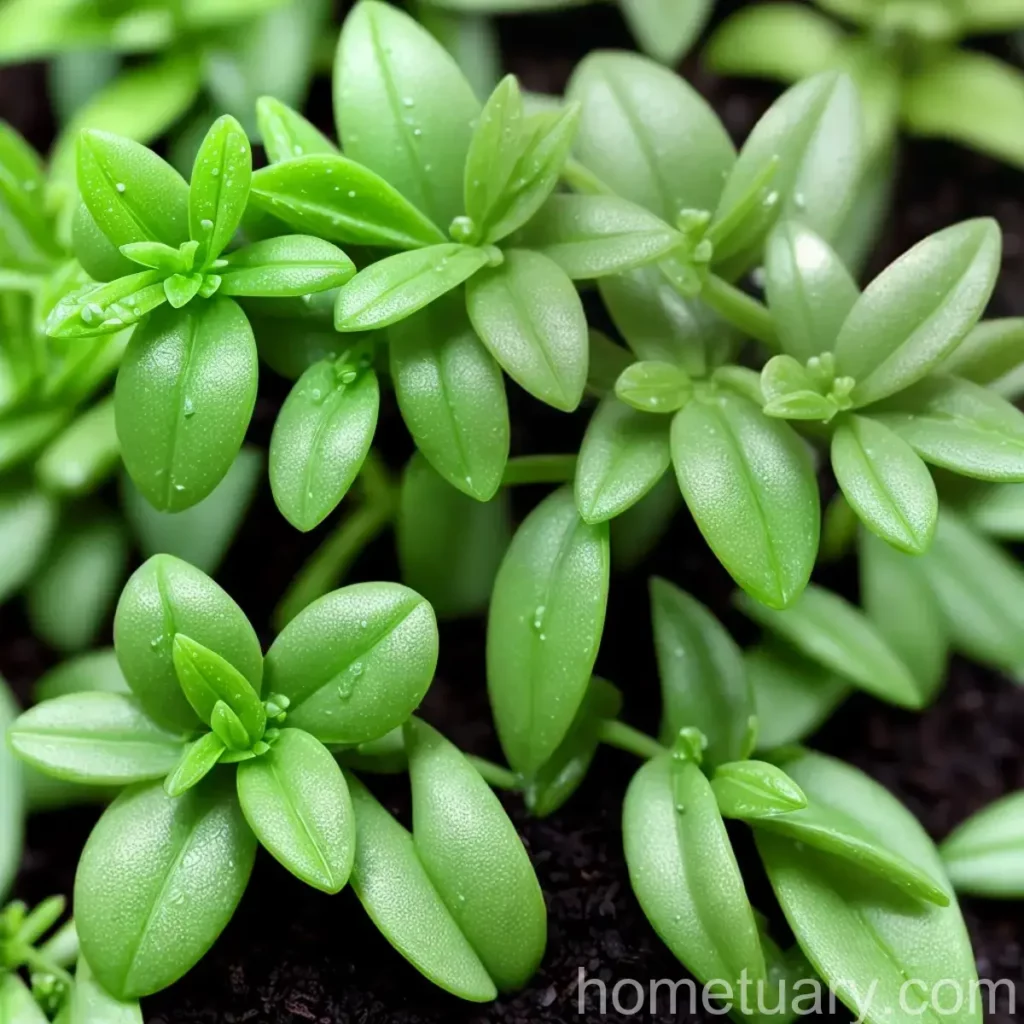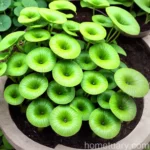All About Baby’s Tears (Soleirolia soleirolii)
Introduction
Baby’s tears, scientifically known as Soleirolia soleirolii, is a delicate and charming plant that has garnered popularity for its ornamental and practical uses. As a plant scientist, I am excited to delve into the intricacies of this plant, discussing its care, uses, and its role in gardening and horticulture. In this comprehensive guide, we will explore every aspect of caring for baby’s tears, including its cultural requirements, propagation, common diseases, and much more.
Key Takeaways
- Plant Name: Baby’s tears (Soleirolia soleirolii)
- Sunlight: Indirect sunlight or partial shade
- Water: Requires consistently moist soil
- Soil: Well-draining potting mix
- Uses: Ground cover, terrarium planting, indoor air purification
- Propagation: Easily propagated through stem cuttings
- Common Diseases: Vulnerable to fungal diseases if overwatered
- Common Pests: Susceptible to aphid infestations
What is Baby’s Tears (Soleirolia soleirolii)?
Baby’s tears, also known as angel’s tears or mind-your-own-business, is a low-growing, mat-forming perennial plant native to the Mediterranean region. Its delicate, round leaves and trailing growth habit make it a popular choice for ornamental ground cover and indoor gardens. This plant is often grown for its aesthetic appeal and ability to soften hardscapes, creating a lush, carpet-like effect in various landscaping settings.
Culture
Water
Maintaining proper moisture levels is crucial for the healthy growth of baby’s tears. The soil should be consistently moist, but not waterlogged, to prevent root rot and fungal diseases. Regular monitoring of the soil moisture and adjusting watering frequency based on environmental conditions is essential for the well-being of the plant.
Sunlight
Baby’s tears thrive in indirect sunlight or partial shade. Exposure to direct sunlight can scorch the delicate foliage, leading to browning and damage. When grown indoors, placing the plant near a bright, filtered light source, such as a window with sheer curtains, is ideal for its growth.
Fertilizer
Fertilization requirements for baby’s tears are minimal. Use a balanced, water-soluble fertilizer diluted to half strength and apply it sparingly during the growing season. Over-fertilization can lead to excessive foliage growth with reduced overall plant vigor.
Soil
The ideal soil for baby’s tears is a well-draining potting mix that retains moisture without becoming waterlogged. A mix formulated for indoor or terrarium plants, with added perlite or vermiculite for improved drainage, provides an optimal growing medium for this delicate plant.
Pruning
Regular pruning is beneficial for baby’s tears to maintain a compact, tidy growth habit. Trim back any overgrown or leggy stems to encourage bushier, denser growth. Pinching back the stems can also promote branching and a fuller appearance.
Propagation
Baby’s tears are incredibly easy to propagate through stem cuttings. Simply take a cutting of a healthy stem, remove the lower leaves, and place the cutting in a moist, well-draining rooting medium. Keep the cuttings consistently moist and provide them with indirect light until they develop roots.
Container Popularity
Baby’s tears are popular choices for various container gardening applications, including terrariums, hanging baskets, and indoor planters. Their trailing habit and lush foliage make them ideal candidates for adding a touch of greenery to indoor spaces and creating visually appealing container arrangements.
Common Diseases
Baby’s tears are susceptible to fungal diseases such as powdery mildew and leaf spot if exposed to overly wet conditions. To prevent these issues, ensure adequate air circulation around the plants and avoid overhead watering. Using a well-draining soil mix and allowing the topsoil to dry out slightly between waterings can also help prevent fungal problems.
Disease Diagnosis
Diagnosing diseases in baby’s tears involves examining the leaves and overall appearance of the plant. Common signs of fungal diseases include white powdery patches on the foliage, dark spots, and yellowing or browning of the leaves. Prompt action, such as adjusting watering practices and applying fungicidal treatments if necessary, can help manage and prevent the spread of diseases.
Common Pests
Aphids are among the common pests that can infest baby’s tears, feeding on the plant sap and causing damage to the foliage. Regular inspection of the plants for signs of aphid infestations, such as clusters of tiny insects on the new growth, can help in early detection and control of these pests. Non-toxic insecticidal soaps or horticultural oils can be used to manage aphid populations while minimizing harm to beneficial insects.
Botanist’s Tips
- Monitor soil moisture levels regularly to ensure consistent but not excessive moisture for baby’s tears.
- When planting baby’s tears in containers, opt for pots with drainage holes to prevent waterlogging.
- Avoid placing baby’s tears in direct sunlight, especially during the peak intensity hours, to prevent leaf scorching.
Fun Facts
- Baby’s tears are often used as a decorative filler plant in flower arrangements and miniature landscapes due to their diminutive size and lush appearance.
- In some cultures, baby’s tears are associated with the concept of abundance and prosperity, making them a popular choice for decorative and symbolic plantings.
Links to External Resources
For further in-depth information on baby’s tears and related horticultural topics, you can explore the following external resources:
1. Royal Horticultural Society – Soleirolia soleirolii care
2. University of Florida IFAS Extension – Baby’s Tears Plant Profile
3. The Spruce – Growing Baby’s Tears Indoors
4. Missouri Botanical Garden – Soleirolia soleirolii Cultivation and Propagation
Conclusion
In conclusion, baby’s tears (Soleirolia soleirolii) is a versatile and visually appealing plant with a range of applications in gardening, landscaping, and indoor decor. By understanding and implementing the recommended cultural practices and care guidelines, gardeners and plant enthusiasts can successfully grow and enjoy the charm of this lovely plant. Whether used as a ground cover, in terrariums, or as a decorative accent, baby’s tears can bring a touch of natural beauty to diverse settings, enriching the overall aesthetics and ambiance. With its low-maintenance nature and graceful appearance, baby’s tears indeed hold a special place in the world of plants and horticulture.
By incorporating the provided tips and insights, plant enthusiasts can cultivate healthy and thriving baby’s tears, enhancing their green spaces and indoor environments with the allure of this enchanting plant.















